How To Increase The Wild Yeast In Your Sourdough Starter
This post may contain affiliate links.
If you are currently tending to a sourdough starter, you might have wondered how to increase the wild yeast in your sourdough starter, and if it really even matters how much yeast is actually in your jar?
Over the many years of tending to a sourdough starter and conducting sourdough experiments, I have cultivated and baked with a lot of wild yeast!
So if you're looking to strengthen your sourdough starter by increasing the yeast in your sourdough starter and improve your sourdough baking, grab a coffee and let's learn how to increase the yeast in your sourdough starter jar.
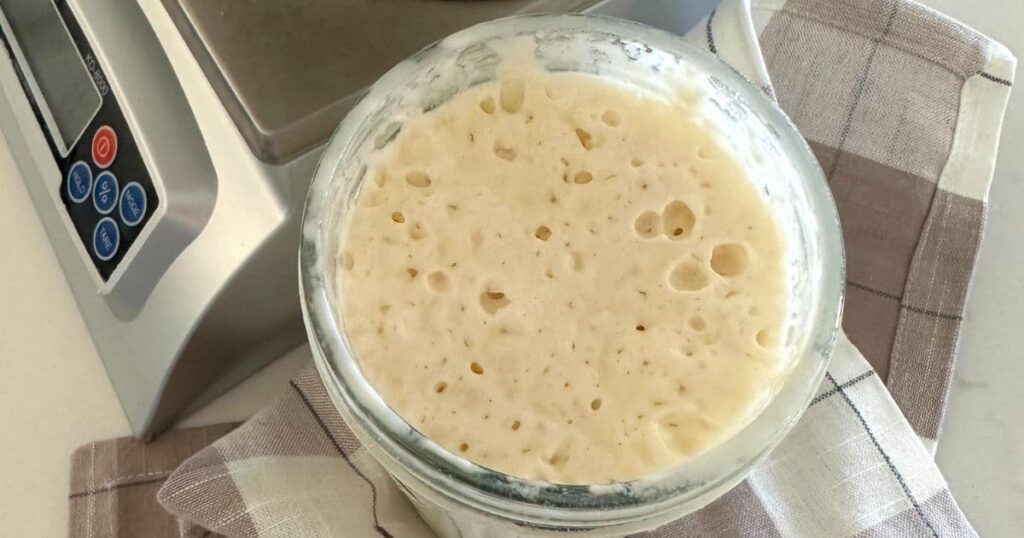
How do you capture wild yeast for sourdough starter?
You don't so much capture wild yeast for sourdough starter, you cultivate it. While we are surrounded by wild yeast, it's in the air all around us, most of the yeast in your sourdough starter actually comes from the flour you use. Some of it even comes from your very own hands.
I've written a post explaining where the yeast in your sourdough starter jar actually comes from.
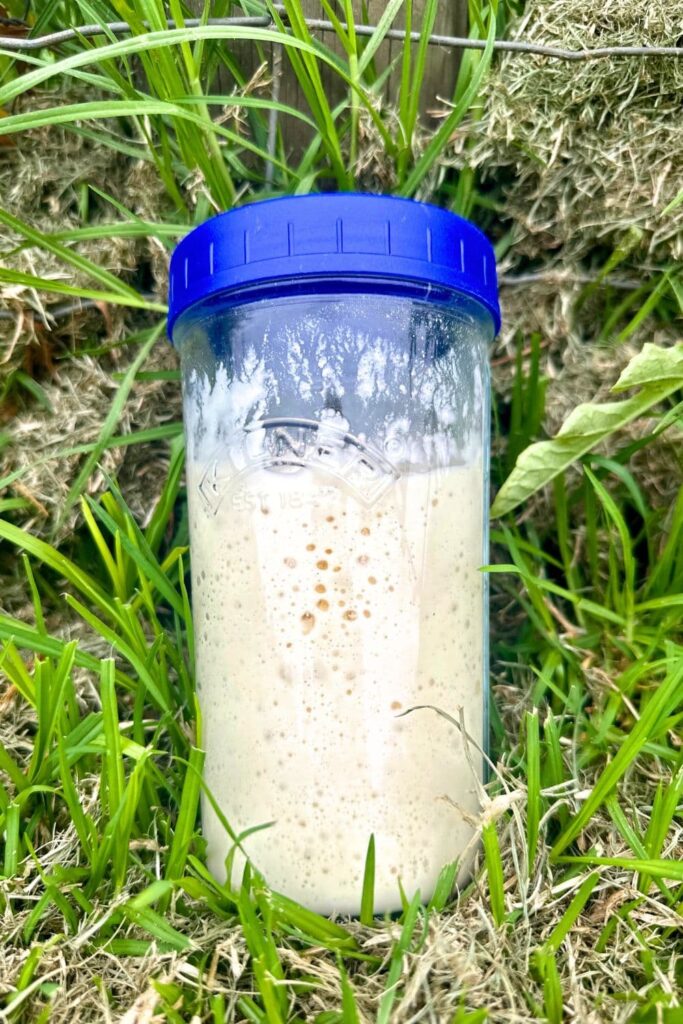
So How Do You Increase The Yeast Colonies In Your Sourdough Starter Jar?
Now that we know where the yeast inside your sourdough jar come from, let's talk about the ways in which we can bolster these wild yeast colonies to give our sourdough bread the best chance at rising.
The easiest ways to increase the wild yeast colonies in your jar are to feed regularly and consistently, use whole grain flour, adjust the feeding ratio to slightly thicker, keep your sourdough starter warm and use unchlorinated water.
Regular Feeding - Maintain a consistent feeding schedule, refreshing your starter with flour and water regularly (ideally twice a day). This encourages yeast growth. You can read more about how to feed a sourdough starter here.
Use Whole Grain Flour - Whole grain flours, such as whole wheat or rye flour, contain more natural yeast and bacteria, which can help boost fermentation. You don't have to use only rye flour or whole wheat, but adding even half whole grain flours, or using them a few times a week can increase the yeast colonies in your sourdough starter.
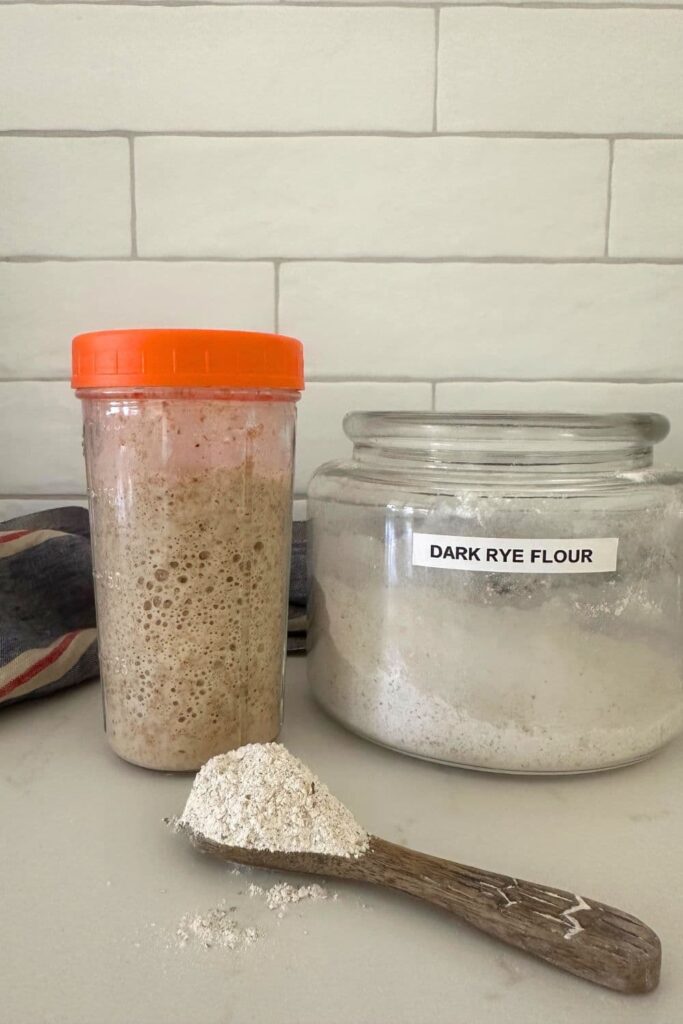
Adjust Feeding Ratio - Increase the ratio of flour to water when feeding your starter. A thicker consistency can create a more favorable environment for yeast growth.
A lower hydration starter will give you bigger bubbles in your sourdough starter. So you could feed your 50g of starter with 75g of flour and 50g of water. This will give you a thick consistency which can often help to increase the yeast and give you a better rise.
Warmer Environment - Keep your starter in a slightly warmer environment, around 75-82°F (24-28°C), to promote yeast activity. Avoid increasing the temperature above 28C if you can help it. You can find over 20 ideas for keeping your sourdough starter warm here.
Use Unchlorinated Water - Chlorinated water can inhibit yeast growth, so using filtered or bottled water can help create a better environment for wild yeast. You can read more about the best water for sourdough starter here.
By implementing these strategies, you can encourage the proliferation of wild yeast in your sourdough starter, leading to a more active and flavorful fermentation process. And this will of course lead to baking better sourdough bread, something we are all striving for, right?
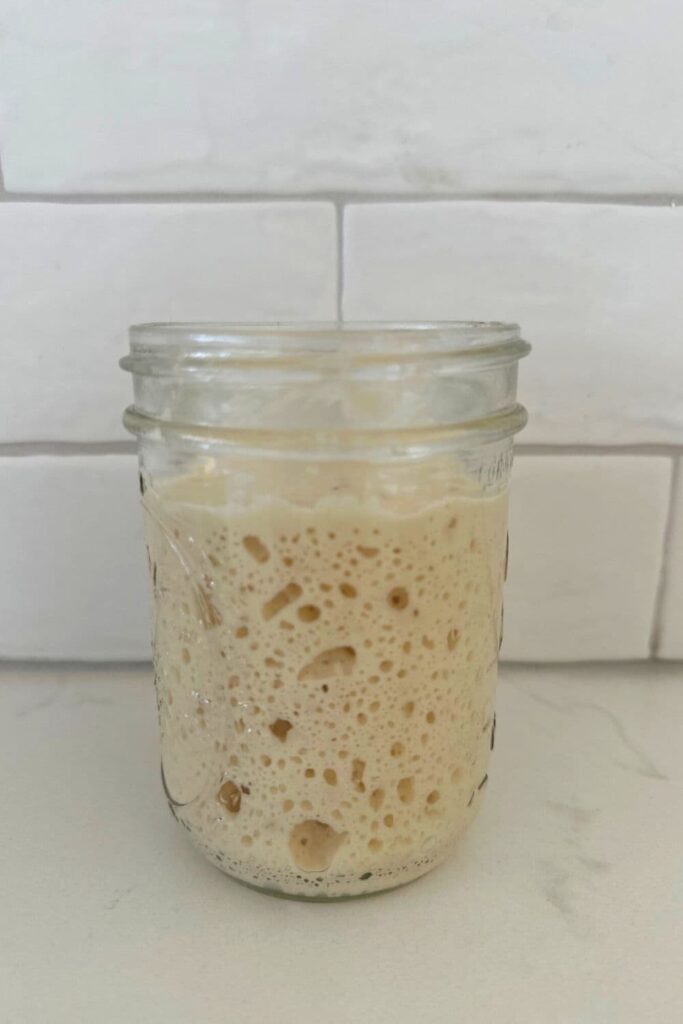
Does Taking Your Jar of Sourdough Starter Outside Increase The Wild Yeast In Your Jar?
You might have heard of people taking their sourdough starter on holidays or even sitting it outside with the lid off to capture different strains of wild yeast.
There's no real evidence that this will actually increase the amount of wild yeast in their jars. While some of the yeast in your sourdough starter does come from the air around you, a lot of it also comes from the flour you use and your own hands.
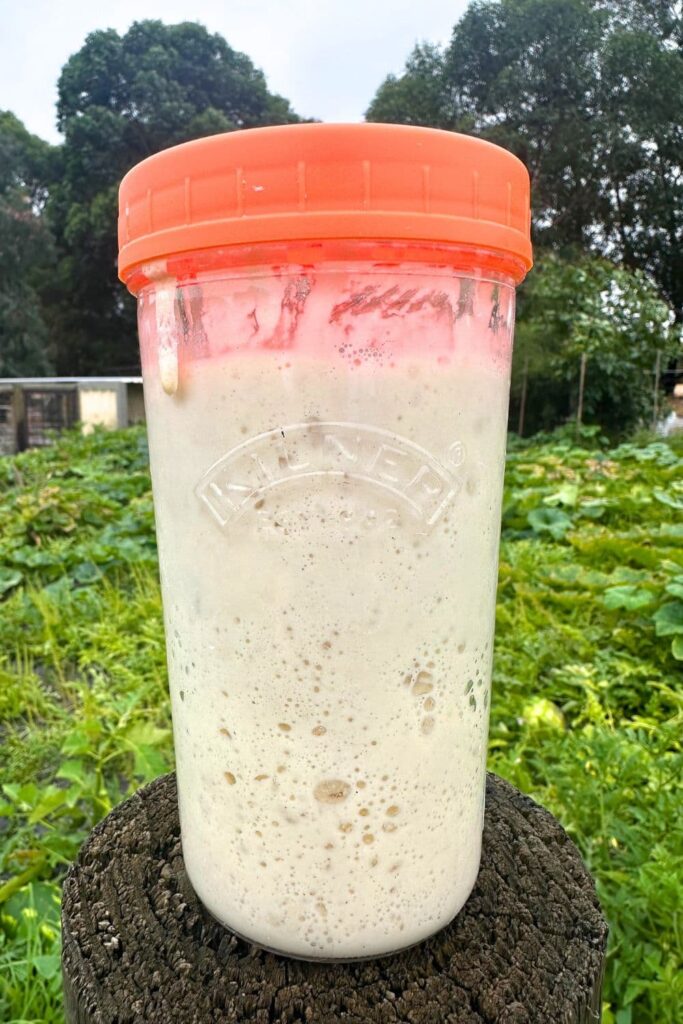
Can I Just Add Different Sourdough Starters To The One Jar?
If you've known me a while, you'll know I always say you only need one jar of sourdough starter. There's no point wasting flour feeding a myriad of starters. You can always build levains and sourdough experiments from this one sourdough starter.
There's nothing saying you can't add a sourdough starter you purchased or one you get from a friend to your own sourdough starter. It certainly won't harm your starter in any way. It may introduce some new or different wild yeast strains to your jar, but chances are that eventually they will all become one happy starter.
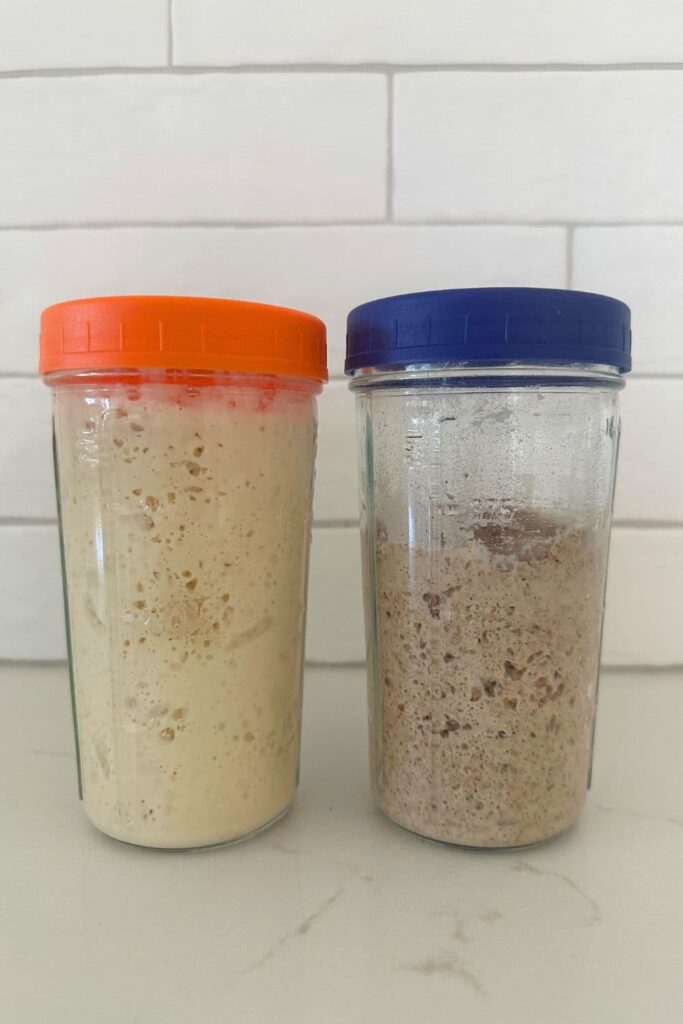
Is yeast water the same as a sourdough starter?
Yeast water is created by allowing fruit to ferment in water for around a week. The result is fizzy, yeasty water which will generally rise bread if used correctly.
Through experimenting with yeast water, I've found that the bread comes out looking quite under fermented. However, you can use the yeast water to add some wild yeast strains to your sourdough starter.
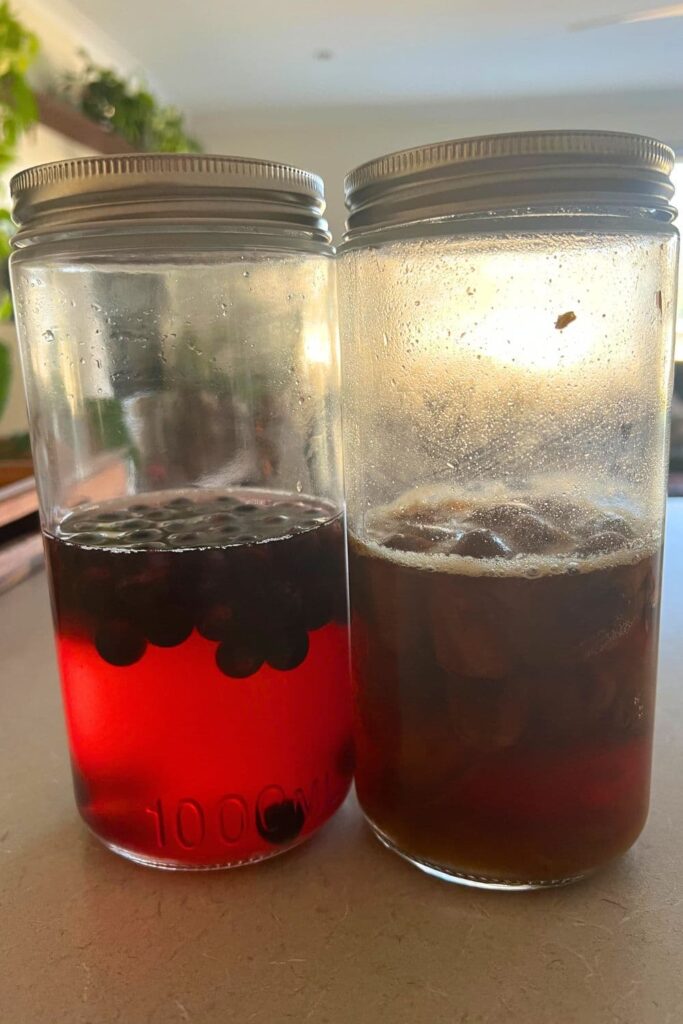
This can be a fun experiment to try with your sourdough starter. I recommend using a portion of your discard to try this first (or at least ensure you have some dried sourdough starter or frozen sourdough starter as a backup, just in case).
I've written about how to make yeast water and create a sourdough starter from it here.
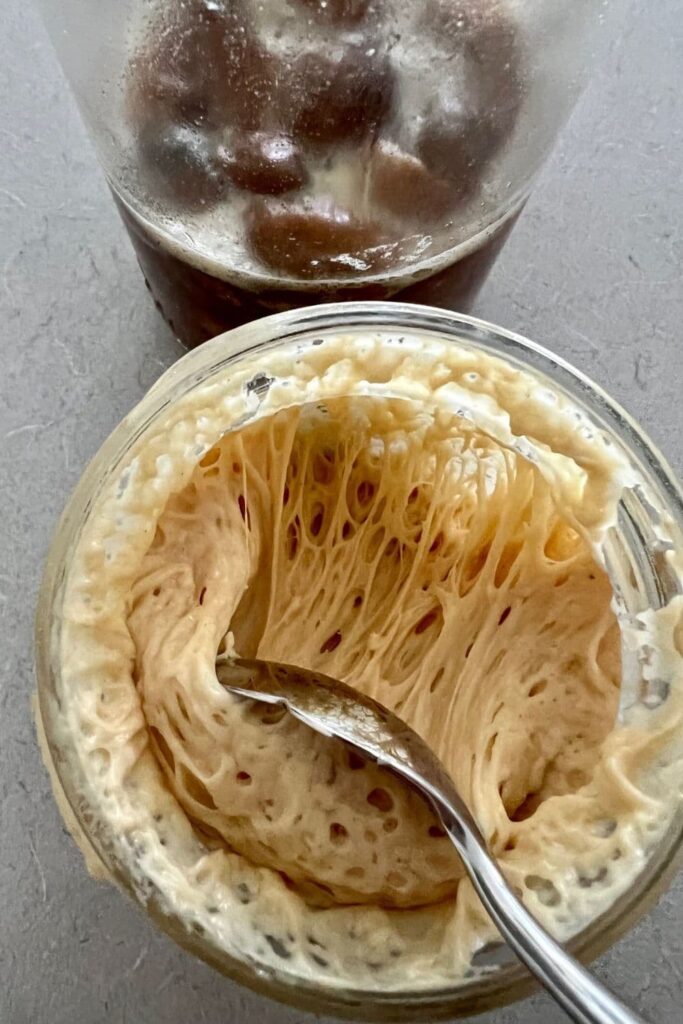
Does Adding Fruit To Your Starter Increase The Yeast?
There are some people who believe adding pieces of fruit to your sourdough starter will result in a stronger sourdough starter (it's kind of like using yeast water). Grated apple and pineapple juice are among the most common, as well as grapes. I have added apple juice to a portion of sourdough starter to create a sweeter apple sourdough starter which can create more diverse flavors in your sourdough baked goods.
For this to work, you do need to make sure that the fruit you use is organic and hasn't been sprayed or waxed, as this will upset the natural yeasts living on the skin of the fruit.
Like most things with sourdough, it's something you can experiment with (as long as you have a dried or frozen sourdough starter as back up).
Will Honey Increase The Yeast In Your Jar?
Many people add honey to their sourdough starter to increase the wild yeast in the jar. There is nothing wrong with adding honey (and in fact I use it when converting sourdough starter to pasta madre).
Upon researching the addition of honey to a sourdough starter, I found a few ideas for and some against. I believe the issue with adding honey is that it provides additional sugar for the yeast to feed off, which may actually encourage the yeast too much and then put the lactic acid bacteria at a disadvantage.
Like most things with sourdough, adding honey to your sourdough starter can be a fun experiment, but one that you should do only if you already have a sourdough starter back up. You can definitely add honey to sourdough bread!


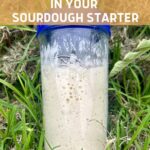
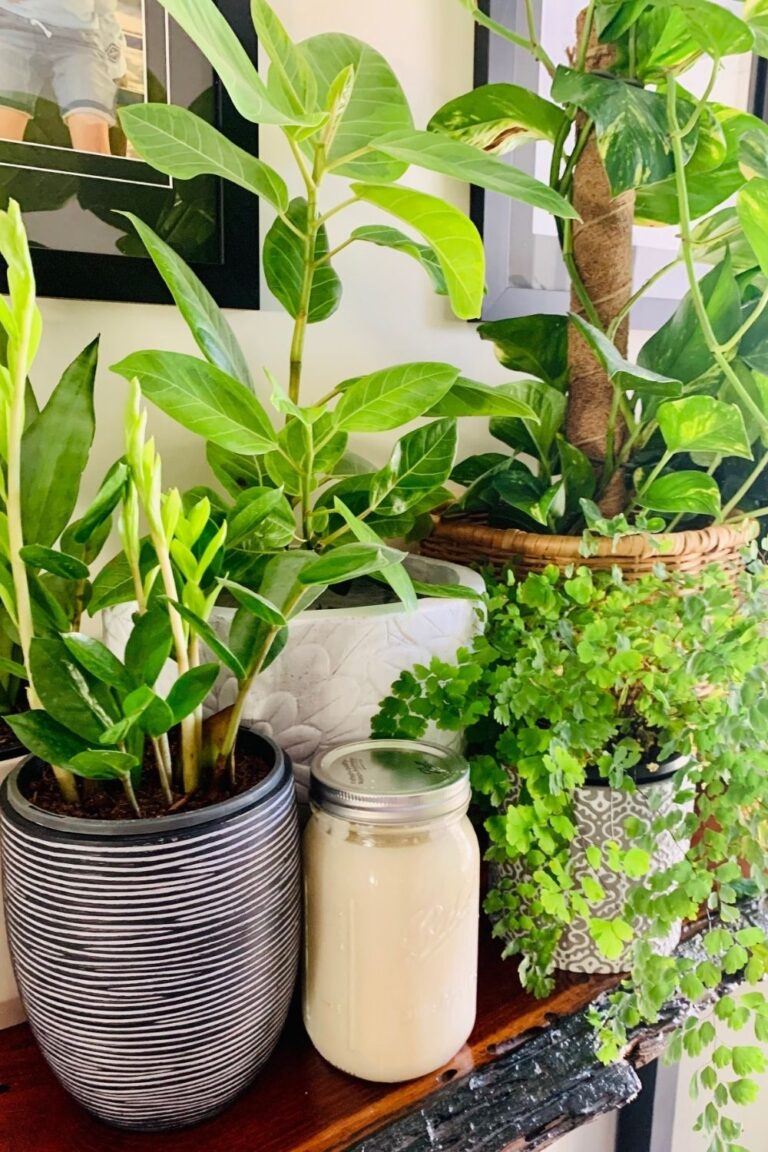
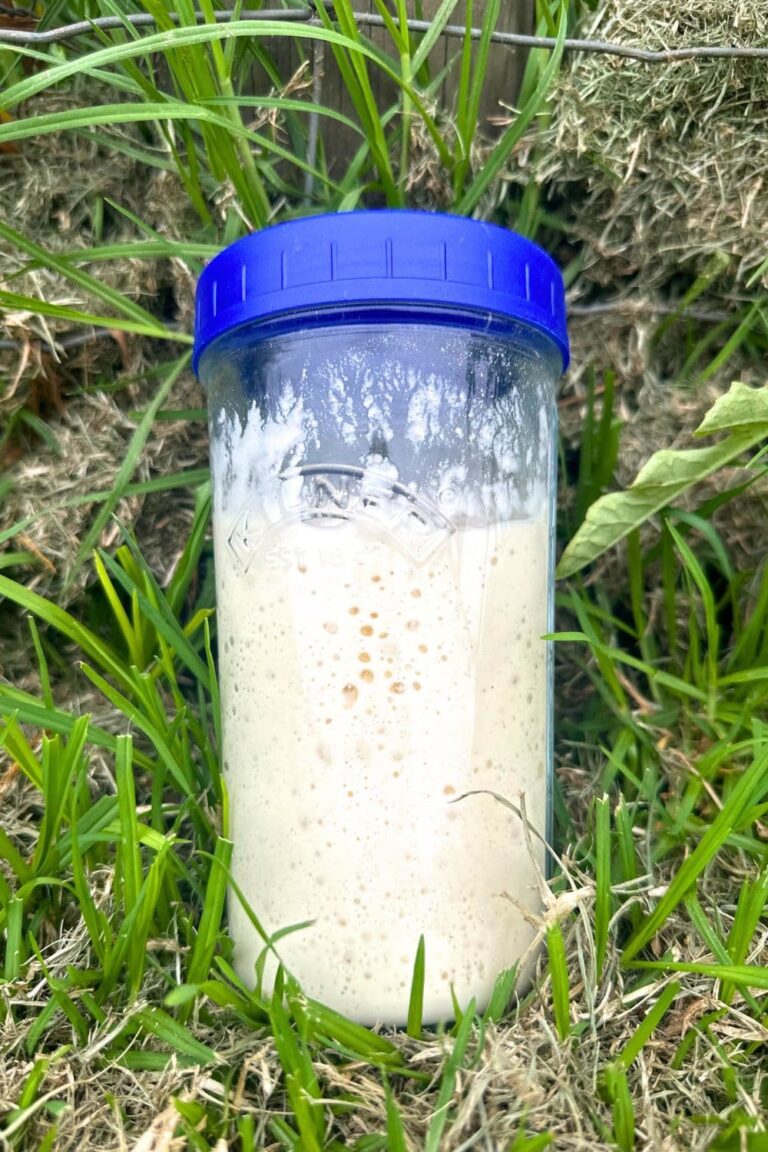
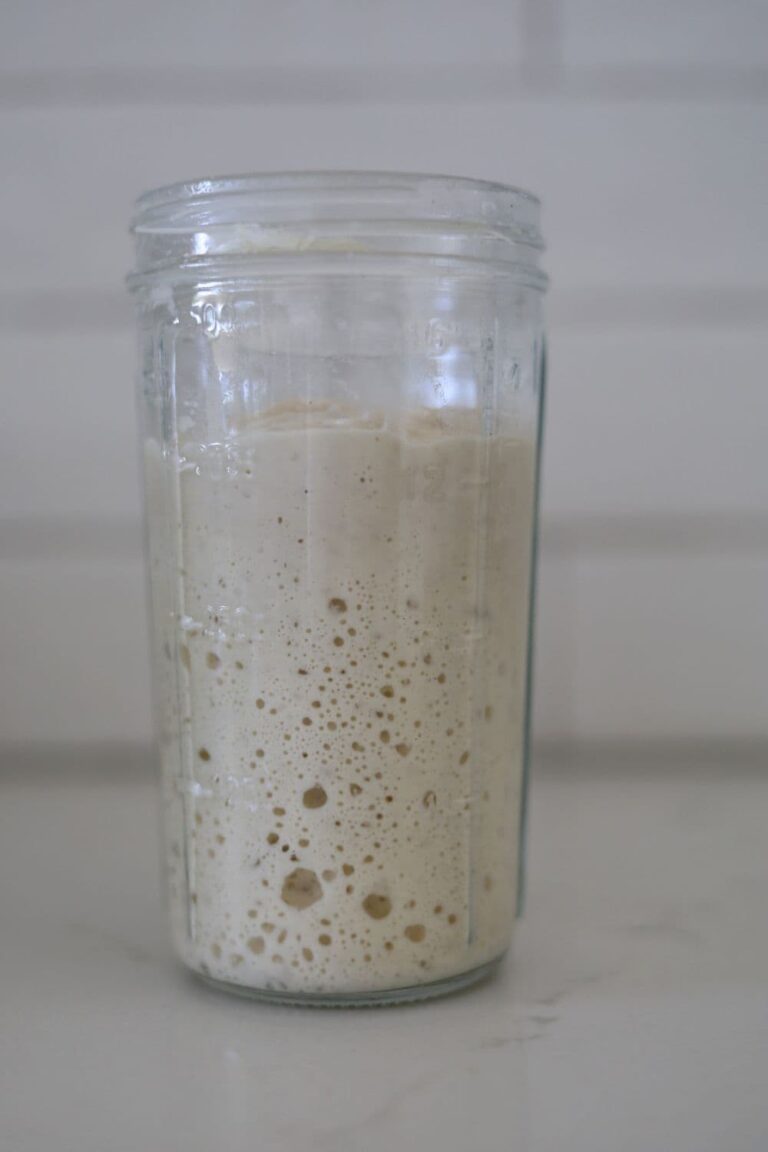
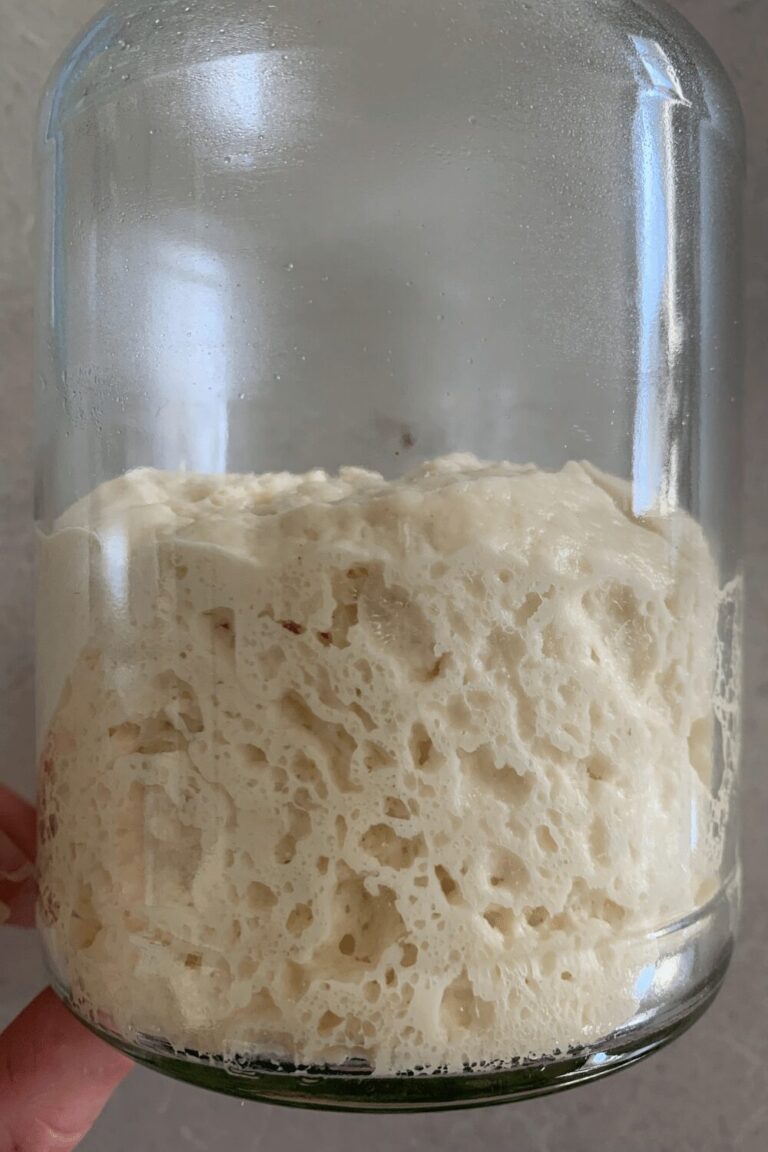
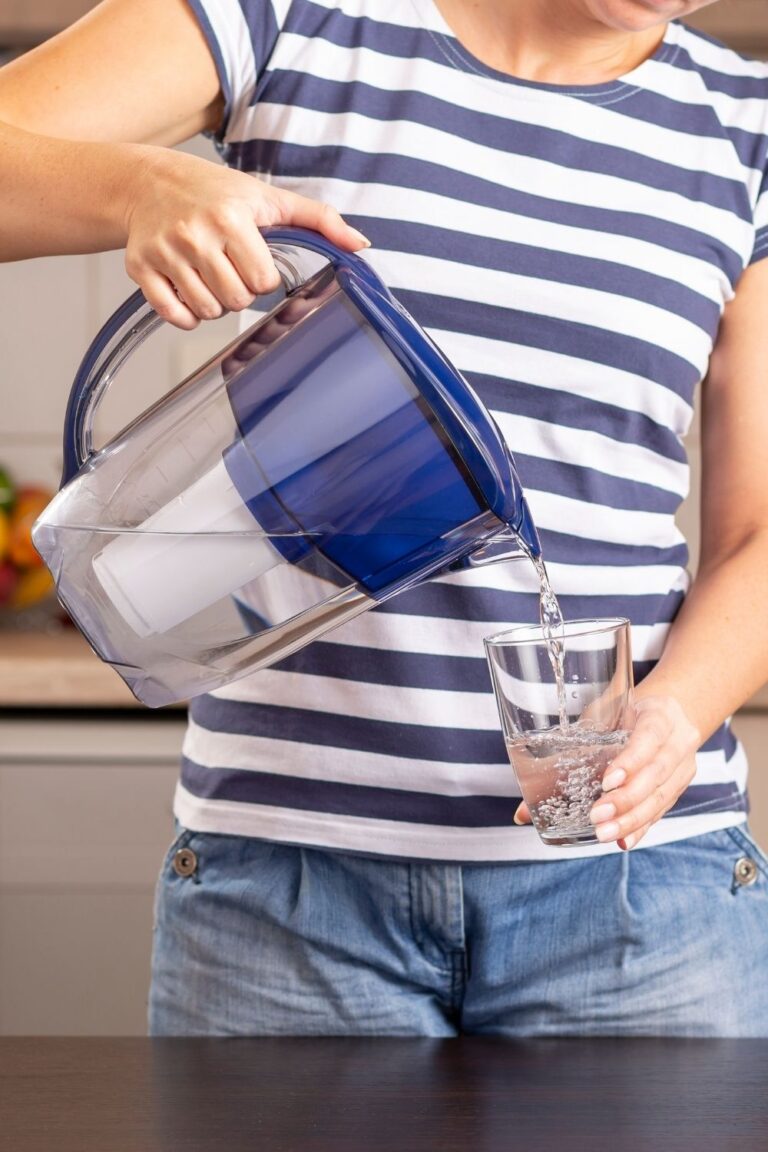
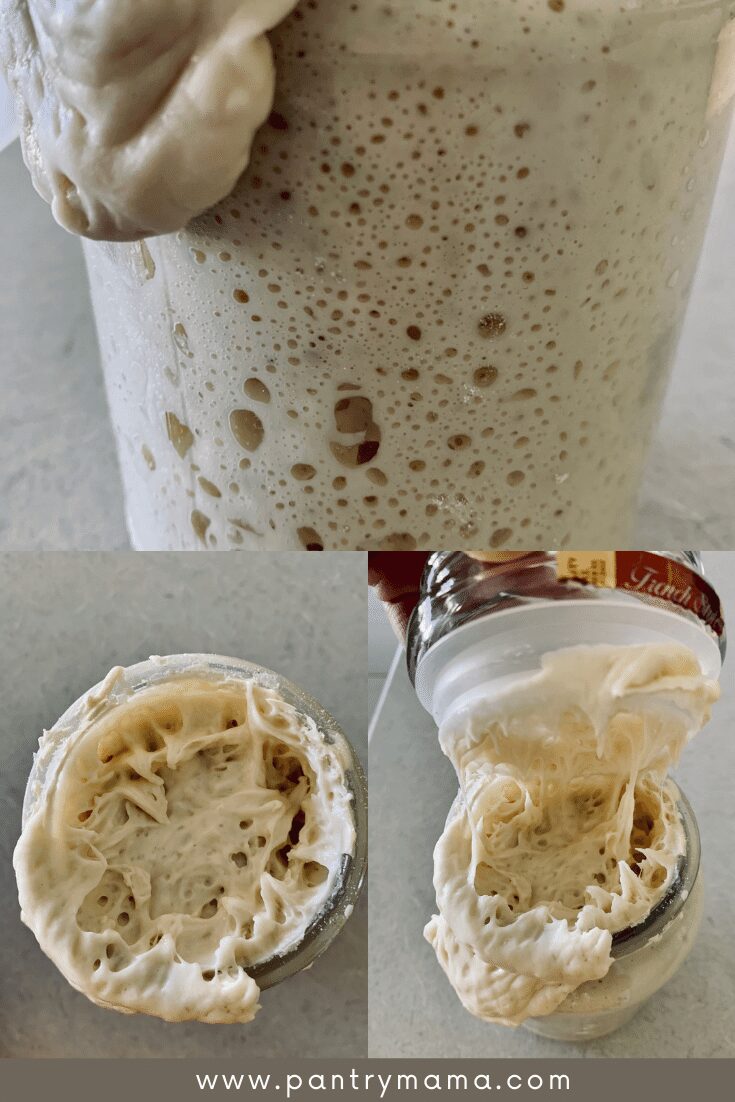

Although they are the same species, there are different sorts, or varieties of yeast... as with apples for instance. I've read yeast living off fruit have adapted the that environment and degree of alcohol, so it follows when you write, "...bread comes out looking quite under fermented"
You are the BEST!!!!
I have read a great deal about starters and began my journey in sourdough with the old Alaskan "Sourdough Jack's Cookery" which in the 1970s had a dried sourdough starter inside.
Your article was exceptional...covered all the common questions about increasing the yeast and I love ❤️ that you keep telling us it is the flour and the hands!!!!! So mixing my sourdough feeding is messy but with clean hands(not freshly washed but clean) I mix my feeding materials with the existing starter and voila!!!! More sour!!! More yeast.
Look forward to joining your group and looking into pie crust.
I returned to sourdough due to Dr Gundrys information that a fermented bread (most sourdough in stores is not sourdough) was a part of my diet I did not have to give up due to lectins in wheat because the fermentation cured the problem.
Now I am looking for sourdough bread machine recipes due to my heavy schedule in horses and selling on eBay!!!! Thank you again!
Thank you for the information my starter thanks you too. All my grand kids like my papa bread. I also make the communion bread for our church.
What is your Papa bread like?
In addition to having kept my excellent starter alive for over 30 years, I have been homebrewing beer since 1985. I have learned a great deal about yeast management in brewing. I've learned that when trying to grow more healthy yeast cells, the ideal environment has sugar, nutrients, oxygen, and low osmotic pressure. That last one, osmotic pressure, is something that I've begun paying attention to when re-energizing my starter in advance of baking. In short, high density growing environments stress the cell walls of the yeast, causing a percentage of them to burst. So, when trying to build a beer starter from a weak, old supply of yeast, the best method is to start with a very dilute (low sugar) environment, allow the weak cells to bud and make more, vigorous cells, then repeat with successively higher sugar worts. So, when I take my starter out of the fridge after a month or more, I discard all but a couple tablespoons and then make a small starter as a very thin batter. When that has peaked, I add more flour to make a batter the consistency of pancake batter. In the next step, I add enough flour to approximate the consistency of a 100% hydration starter. By then, the yeast is pretty healthy and I can begin building my recipe as I normally would with a healthy starter.
This information was very interesting and informative, thank you. I'm still a beginner with sourdough, so I look forward to hearing what experienced sourdough makers have to say. Very helpful.
Great article on adding wild yeast. Thank you! I do have a question on how that topic relates to refrigerated starter. I dont wan to be a slave to my starter so i keep it in the fridge and feed about every 7 to 10 days. I use either left over bubbly starter or actual feeding flour and water (but the latter is more rare). Does this regime make my starter more weak? My bread is still rising nicely but its not very tangy. Would love to read more articles about refrigerated starters if you have an interest in doing so. Thanks again for all your guidance!!!
I'm a newbie and a researcher. My first loaf was a failure, but I've done well since then. MEASURE CORRECTLY, I learned.
LAB - I make this for my garden at least once a month using starch from rinsing rice in hot water, letting it sit for a few days, then adding milk and letting it sit and separate. I get a cheese that floats to the top that I need to salt and add variations of fruit and veg. The whey is my LAB I use in my garden. It only lives for a few days, but I can mix 50/50 with molasses and it lives 6mo or more. (I get cheap molasses from the farm store - our region is know for growing sugar cane.)
SO can I add maybe a TBS of my pure LAB/whey to my starter?
I'm amazed how all my garden fertilizer and sourdough and fermenting apple cider vinegar and on and on ... all fits together. I finally fully quit work and am fully retired and there is so much to learn and do.
THANK YOU. You are my go-to for all things sourdough.
Thanks and quite interesting!
I have healthy starters...double in size between 2 to 3 hr at approx. 22.5 C.
I will try warmer area first, then more flour to the feeding to see the differences.
It was good to read about refrigerated starter. I also allow it to warm up before feeding it, placing it in the oven with the light on helps. I have been using and refrigerating my starter for 10 years, feeding it with equal amounts of potato water and flour.
I plan a meal with Yukon Gold potatoes. I cut them up, boil, drain the water into another container, let it cool, cover, and let it sit for 2-3 days. I then place the water in containers in 120-gram amounts and freeze the containers. I use that amount to feed my refrigerated starter before I bake my rolls, English muffins, or cinnamon rolls. By the way, I have never discarded any of my starter. I have never had too much and only feed it when I am going to use it, and it might be a couple of months.
Your tips for sourdough are great!!!
Thank you, Robin!